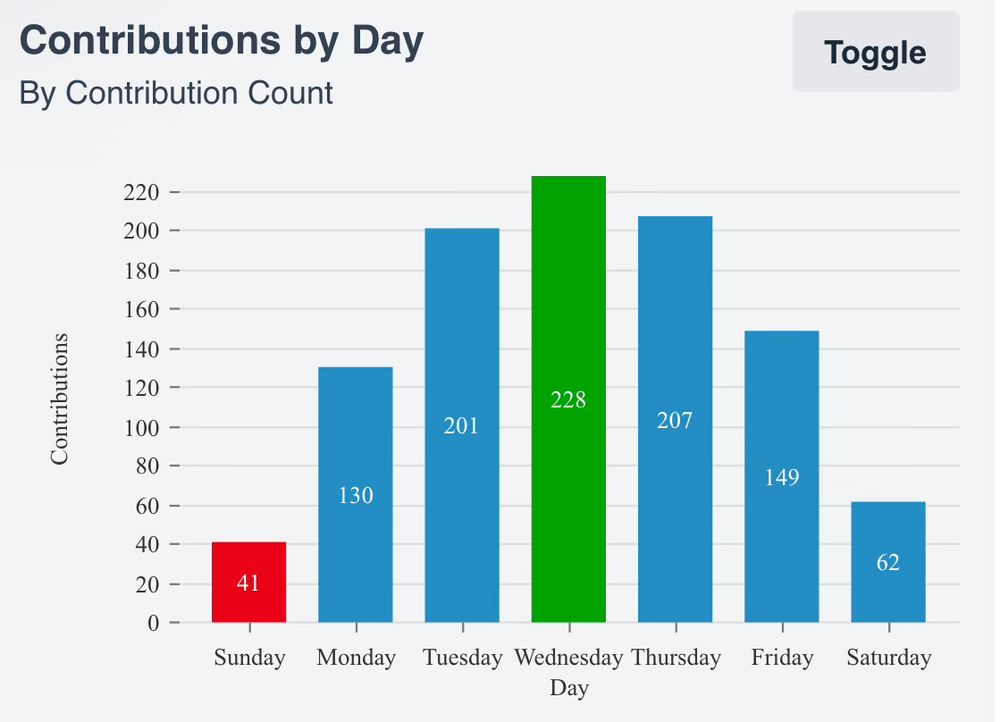
Fingers crossed the ride over wont be too bumpy 🫨


Fingers crossed the ride over wont be too bumpy 🫨

(Octofitter is a package for Bayesian modelling of exoplanet orbits)



(Octofitter is a package for Bayesian modelling of exoplanet orbits)
🔭 #exoplanets


🔭 #exoplanets




* Overhauled Hipparcos / Gaia modelling
* Multi-planet epicycle approximation
* Include astrometric jitter, north angle, and plate-scale uncertainties
* Dynamical priors (prevent crossing)
* Celerite gaussian processes
Much more!
(fig. credit in reply) #exoplanets 🔭



* Overhauled Hipparcos / Gaia modelling
* Multi-planet epicycle approximation
* Include astrometric jitter, north angle, and plate-scale uncertainties
* Dynamical priors (prevent crossing)
* Celerite gaussian processes
Much more!
(fig. credit in reply) #exoplanets 🔭
We use a special coronagraph to interfere the starlight with itself, like a classic double slit experiment... [1/3]
🔭 #Instrumentation #exoplanets
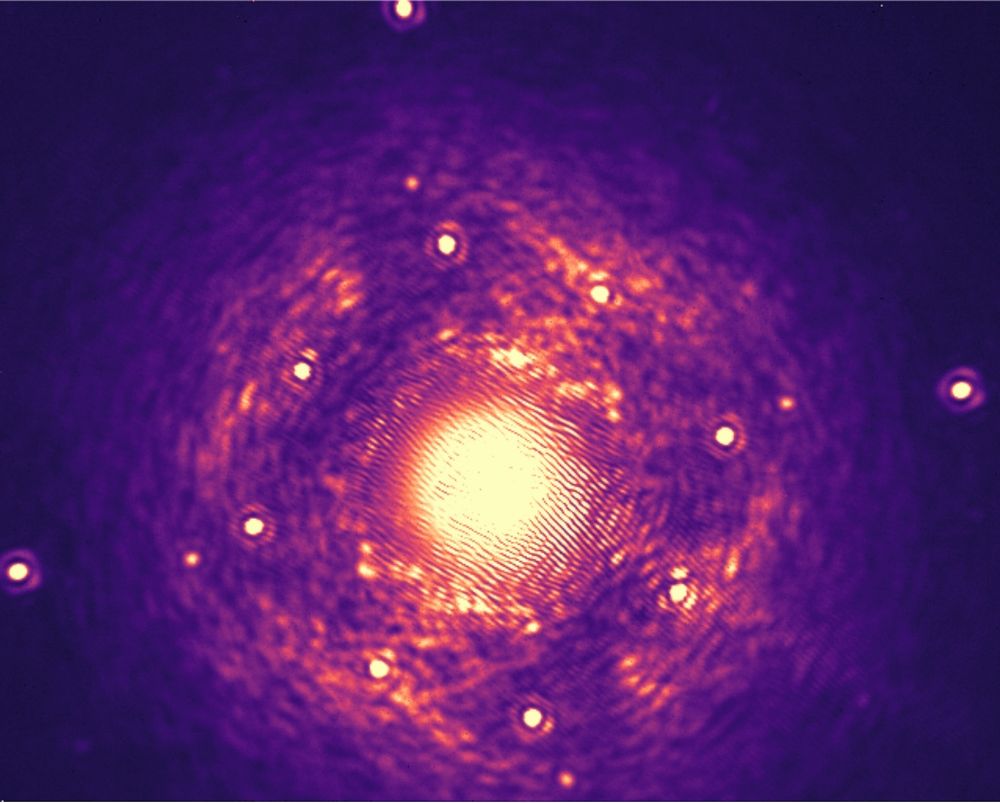

We use a special coronagraph to interfere the starlight with itself, like a classic double slit experiment... [1/3]
🔭 #Instrumentation #exoplanets


We'll post the full posteriors and reproducible scripts once accepted.

We'll post the full posteriors and reproducible scripts once accepted.
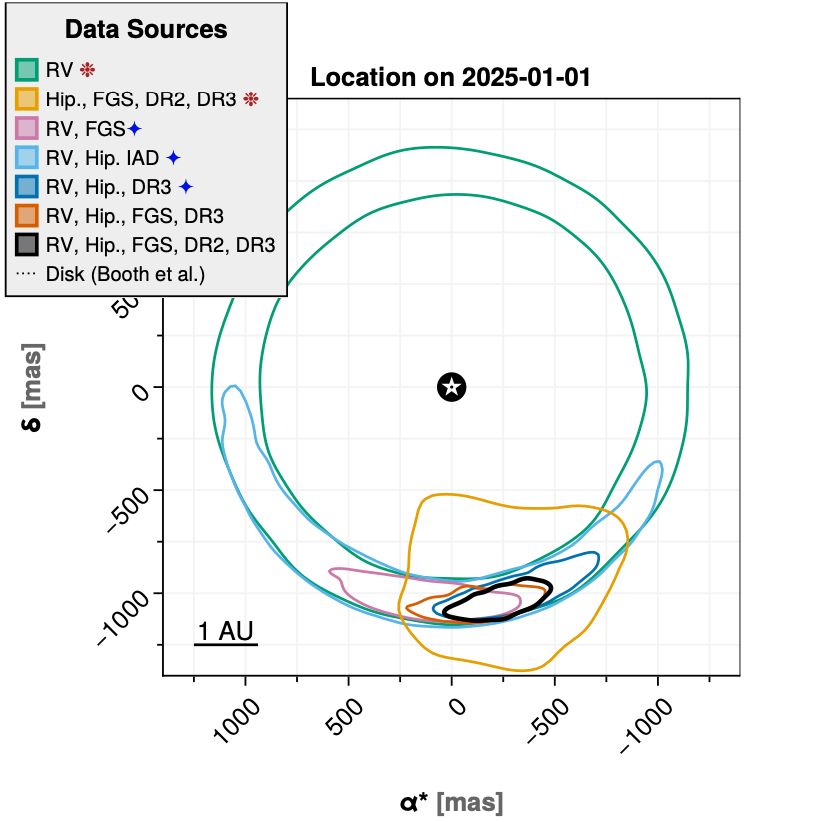



I should emphasize this manuscript is a submitted draft—comments from the community are very welcome.
Bottom line: ε Eri b is likely a 1.0 Jupiter-mass planet, only 3.2pc away, on a 3.55 AU near-circular orbit, ~aligned with its debris disk. 🔭🪐🧪 [1/7]
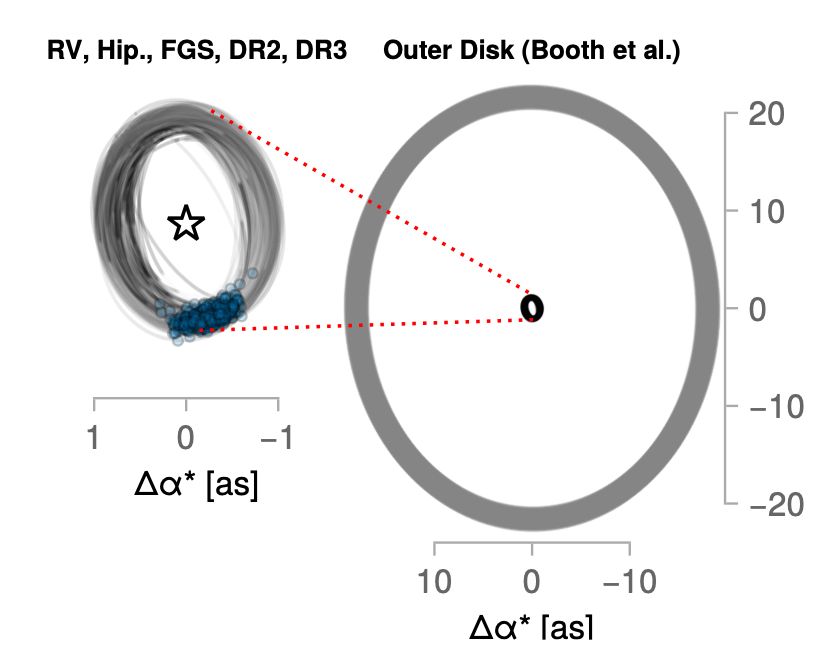
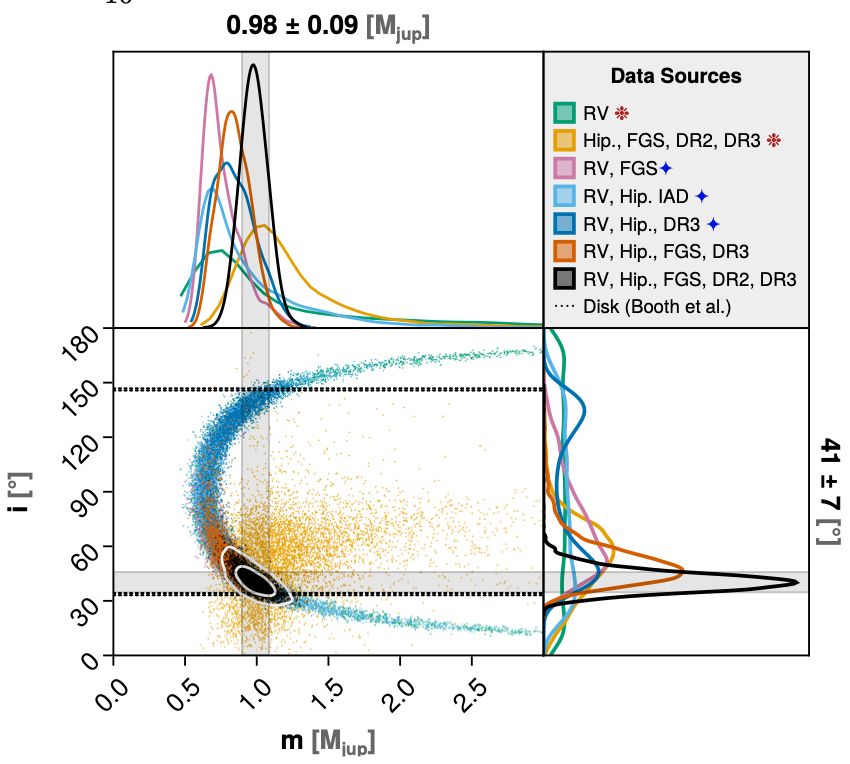
I should emphasize this manuscript is a submitted draft—comments from the community are very welcome.
Bottom line: ε Eri b is likely a 1.0 Jupiter-mass planet, only 3.2pc away, on a 3.55 AU near-circular orbit, ~aligned with its debris disk. 🔭🪐🧪 [1/7]
My money is on them being close to co-planar, and this small signal comes from systematics in the astrometry or disk models. But only time will tell for sure.

My money is on them being close to co-planar, and this small signal comes from systematics in the astrometry or disk models. But only time will tell for sure.
🪐🔭🧪
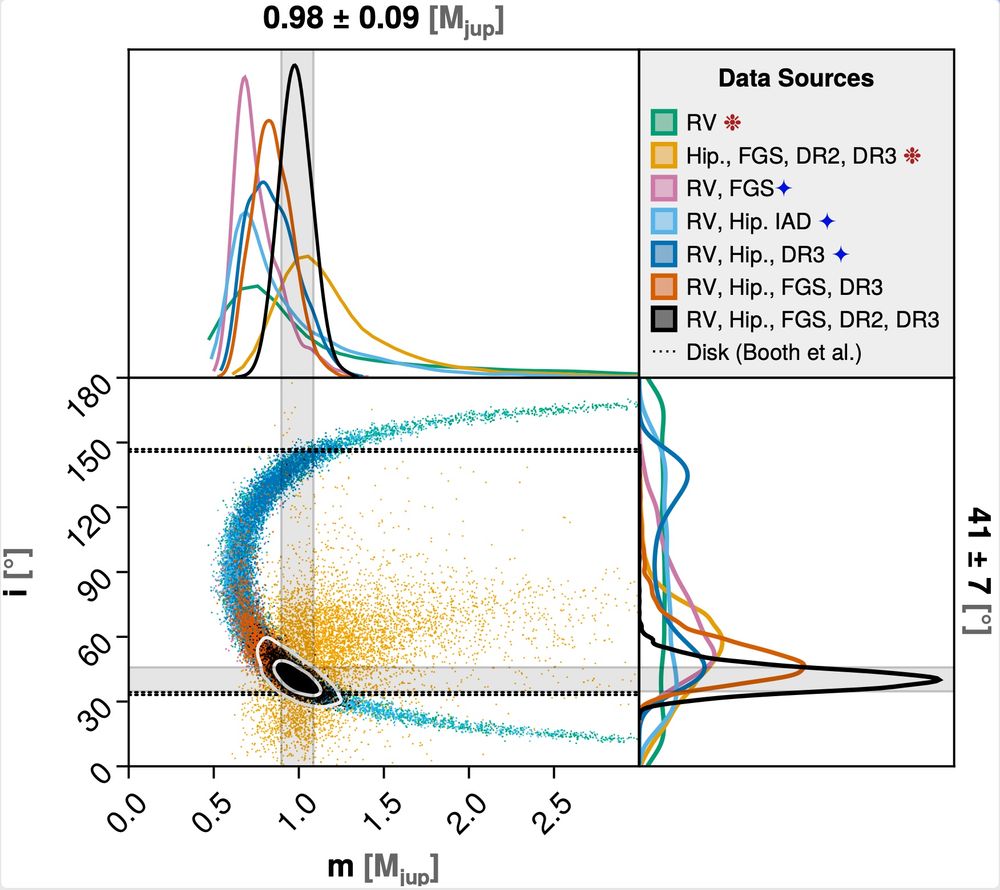

🪐🔭🧪
pigeons.run
🧪
pigeons.run
🧪



We dive deep into the orbits of the binary brown dwarf companion 🪐 GL229 Ba / Bb newly discovered this fall by Xuan et al. [1/4]
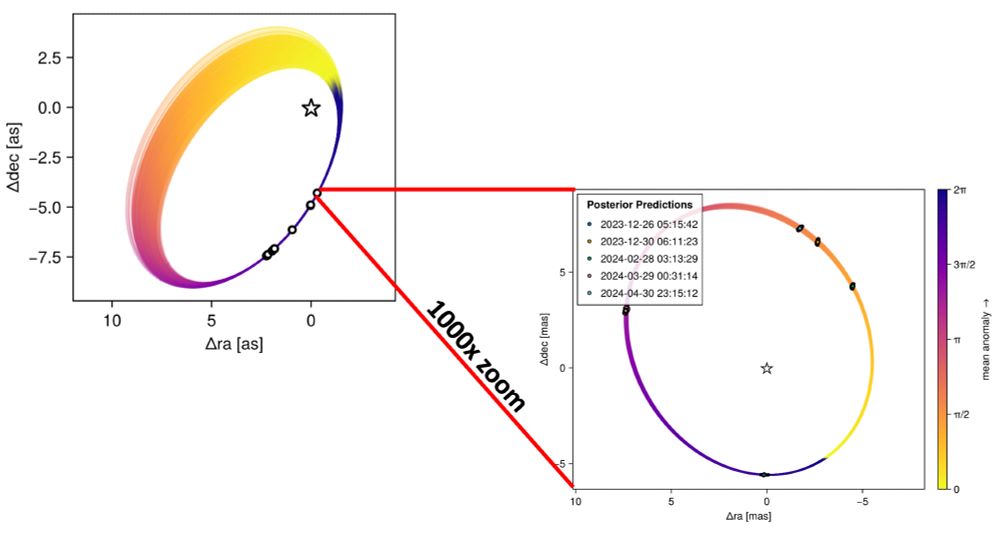
We dive deep into the orbits of the binary brown dwarf companion 🪐 GL229 Ba / Bb newly discovered this fall by Xuan et al. [1/4]
Yes, I’m probably a little obsessive…
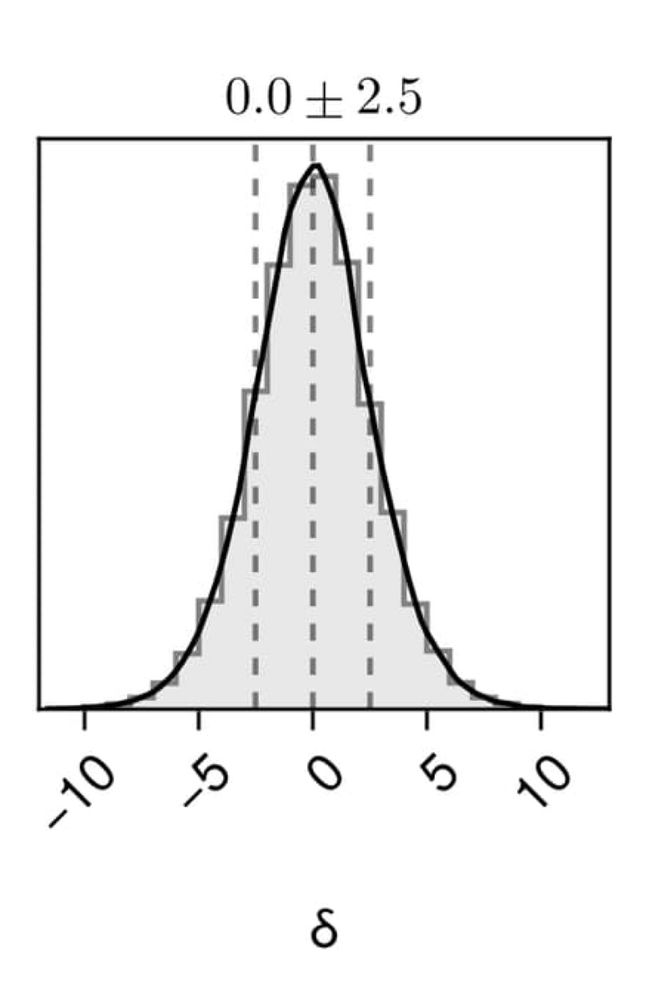
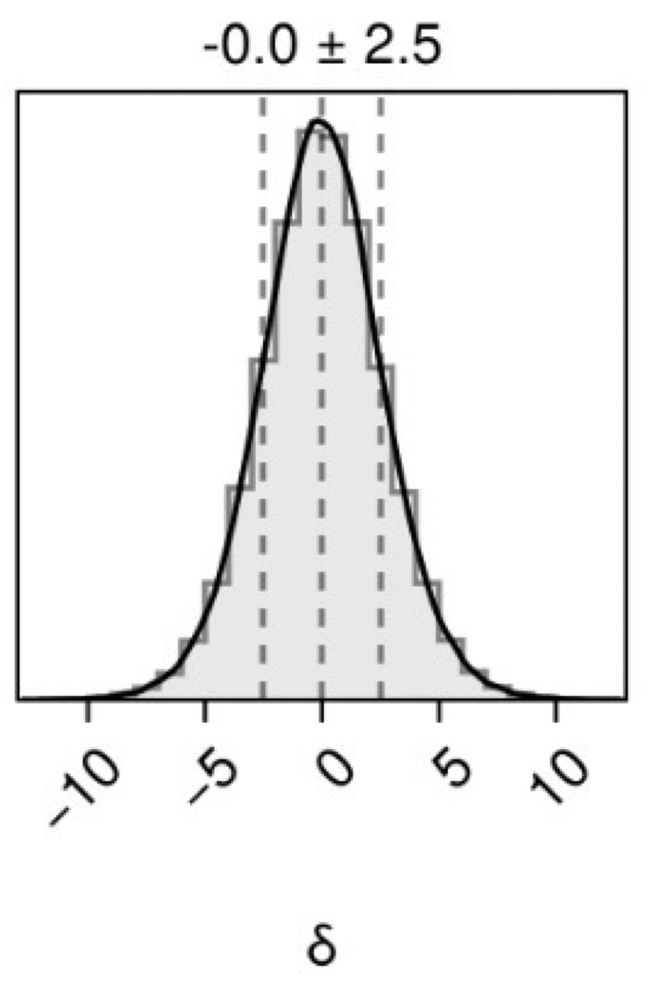
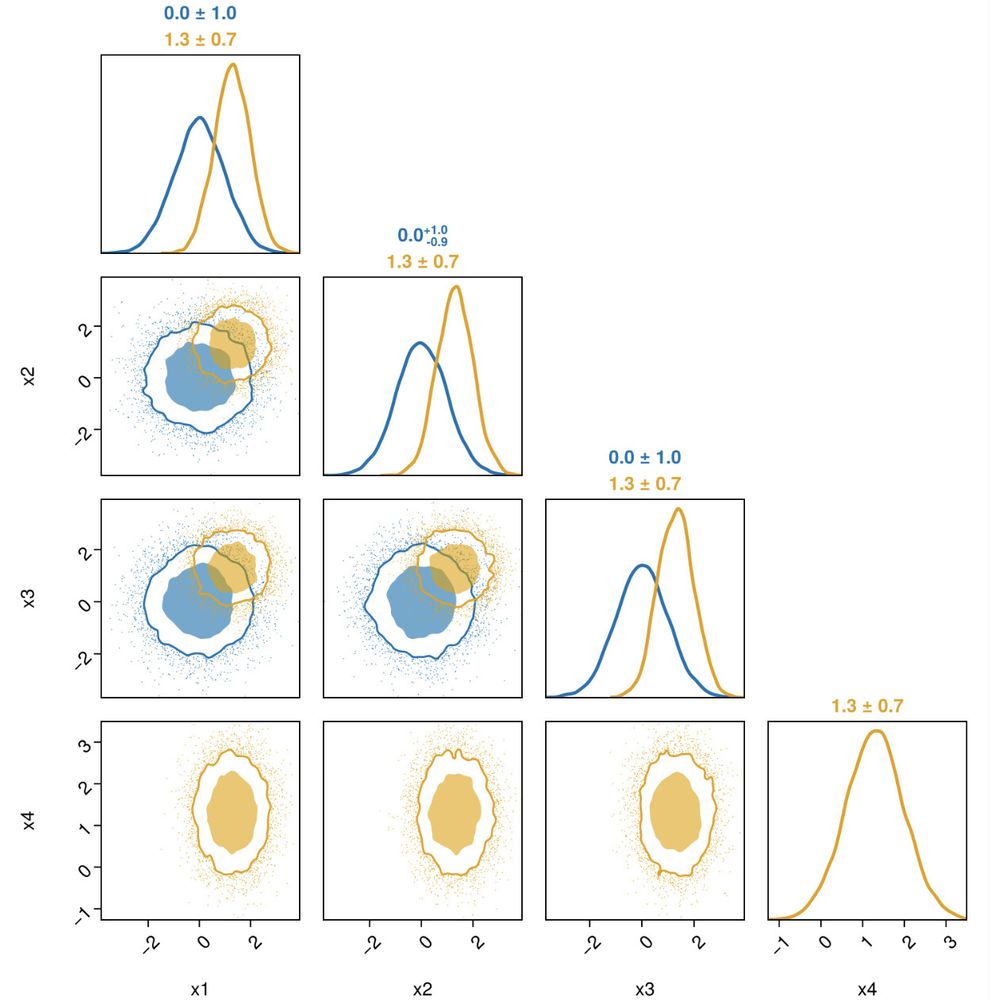
Yes, I’m probably a little obsessive…
